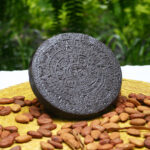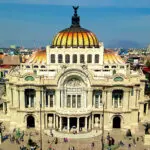At Sabores Mexico Food Tours, we want visitors to have the chance to experience the joy of the real Mexico, not a stage set for tourists. With this guide, we have selected a diverse list of cities that showcase the rich history and culture of our country.
Disclaimer/apology: This blog could easily be several pages long and we wanted to mention many other places.
So, if your favorite Mexican city isn’t mentioned, we’re sorry it didn’t make the cut. It’s a good problem to have that Mexico has so many incredible cities that they all don’t fit neatly into one online blog!
Mexico City
OK, we are biased, but we had to start with our home city! We actually have a whole blog dedicated to what makes Mexico City famous, but briefly here, Mexico City offers both ancient and modern attractions including world-class museums and art galleries.
Don’t miss the Floating Gardens of Xochimilco, the Frida Kahlo Museum, or the National Museum of Anthropology — one of the world’s largest collections of indigenous art.
Mexico City is our largest city, with a population of over 21 million in the wider metropolitan area, so it’s really worth getting your bearings and planning your trip well.
Luckily, the Mexico City Metro is a tourist attraction in itself, with an Aztec temple inside Pino Suárez Station, performing artists, and underground galleries.The metro is also ideal for visitors who don’t speak Spanish, as each stop has a color and an image.
For a hassle-free, true insider’s tour of Mexico City, join us on one of our Mexico City Food Tours. Our approach to food is to understand it as an expression of culture and history, and our tours are rich in flavor and culture.
Neighborhoods not to miss include Coyoacan, Colonia Roma and, of course, the historic city center.
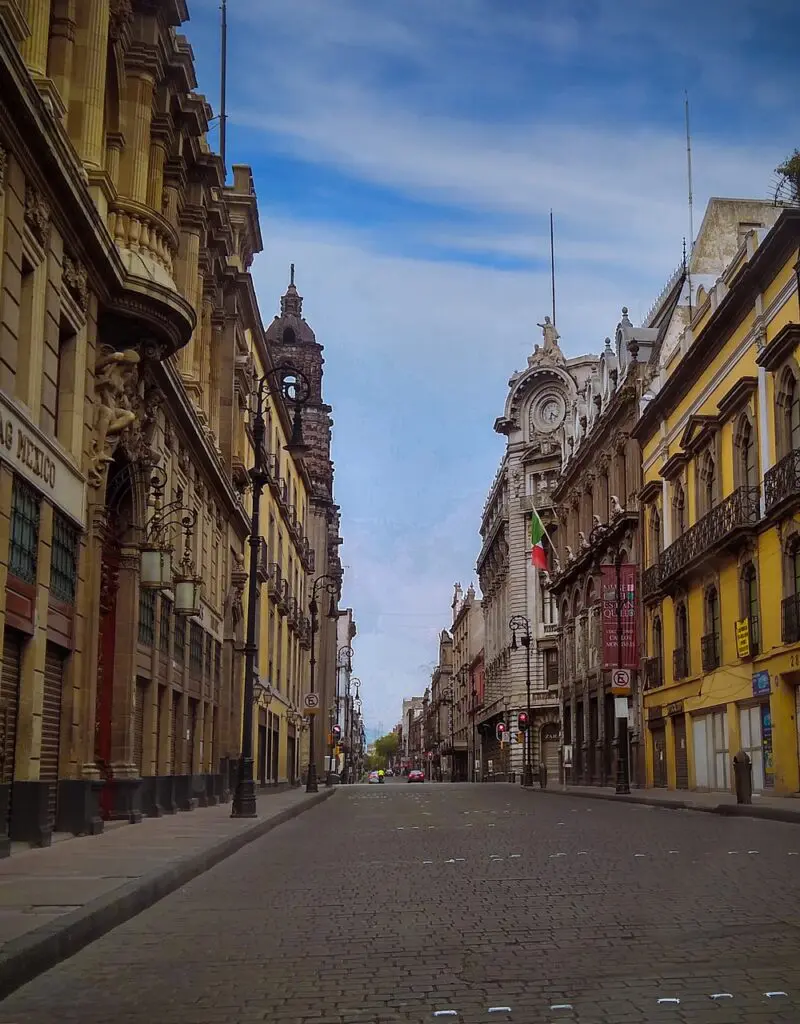
Oaxaca de Juárez
Oaxaca is a state in southern Mexico with sixteen officially recognised indigenous groups. The capital city is Oaxaca de Juárez, a UNESCO world heritage site.
If you are visiting Mexico in mid-July, this city is a must because of the stunning Guelaguetza Festival, with parades of indigenous bands and displays of food and artisanal crafts.
Visitors should be aware of the deep cultural significance of this festival and of the indigenous culture in this area of Mexico. Taking some time to learn about these cultures directly from people you meet will give you the most insightful and respectful experience.
The Federal Palace in Oaxaca de Juárez showcases the unusual “Neo-Mixtec” architectural style: a blend of early 20th century nationalism and a contemporary reverence for Mixtec-Zapotec cultures.
Other interesting architectural mixes include the Andalucian-Oaxacan Museum of Contemporary Art — one of the oldest buildings in the city.
Our favorite spot in the city, however, has to be the Mercado Benito Juárez.
This vibrant and bustling market offers traditional Oaxacan food such as crispy Tlayudas (tortillas), Quesillo cheese, cinnamon enriched chocolate and, of course, Mezcal — the spirit the city is famous for.
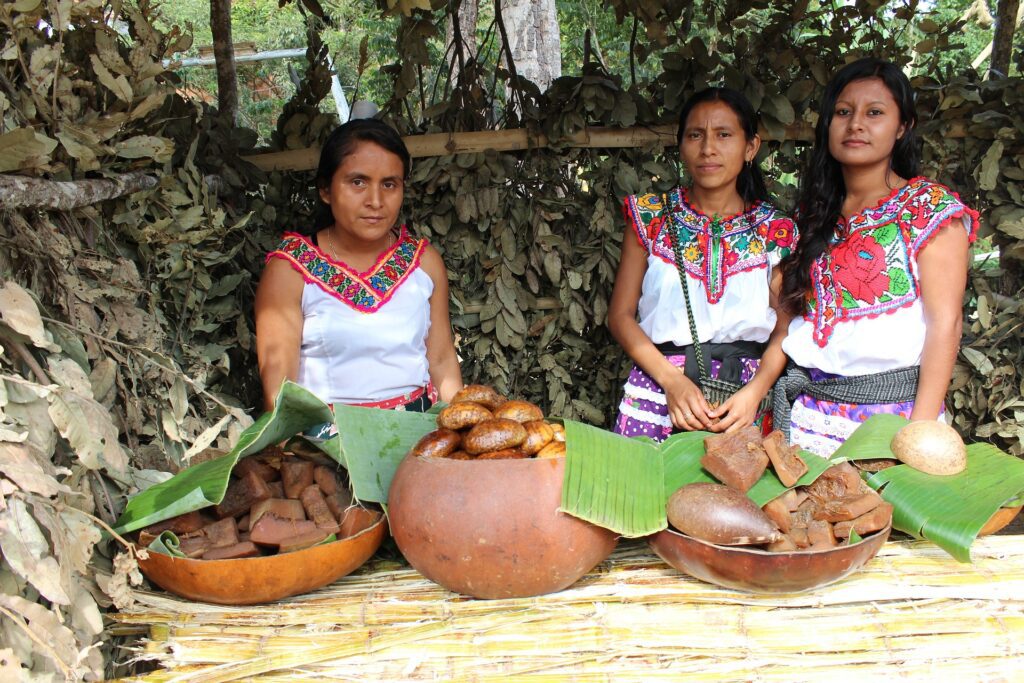
Mérida
Mérida is the capital city of Yucatán, and the largest city in southeastern Mexico. It was the first city to be named American Capital of Culture, a title it has received twice because of the rich combination of Maya and Spanish cultures.
It is also known to be one of the safest cities to visit, perhaps because it is also rated as the best city to live in for quality of life.
Walk down the Paseo de Montejo avenue for a fantastic sculptural exhibition, added to every year by the MACAY Museum.
Maya culture has been extraordinarily resilient in this area, and this is reflected in the food, which includes the pork dish Poc Chuc, the turkey stew Pavo en Relleno Negro, and the use of the red achiote spice.
To learn more about this culture, visit the Gran Museo del Mundo Mayo, and to immerse yourself in the natural world reflected in Mayan art, head out of the city to the mangroves and clear waters of the Celestún Biosphere Reserve.

San Cristóbal de las Casas
Located in the Central Highlands of Chiapas, San Cristóbal de las Casas is one of the cities identified as a “Pueblo Magico” by the Mexican government; places that offer visitors special experiences due to their natural beauty, cultural richness, and historical relevance.
The center of the city maintains the old colonial layout, with cobblestones, red clay roofs, and balconies covered in flowers.
In fact, the city played a crucial role in the colonial conquest of Chiapas, with enslavement, destruction of temples and dramatic depopulation due to imported viruses.
The reason for the city’s contemporary cultural significance, however, is the still present indigenous culture of Tzotziles and Tzeltales. You can find examples of indigenous textiles, amber and jewelry at the open-air market, or tianguis at Santo Domingo.
To escape the tourist trail for a really local food experience, head to the market north of Santo Tomas Church for saffron tamales and the delicious sugar cane alcoholic drink known as posh. Chocolate, too, has a long history in the area.
It is said that in 1625 the bishop of the city, Bernardino de Salazar, was poisoned by some upper class women because he tried to stop them drinking chocolate during mass!
Chiapas is an important cocoa growing area, and if you are passing through Mexico City on your way south, get an insight into the area’s chocolate history by joining our Friends and Chocolate Mexico City tasting experience.
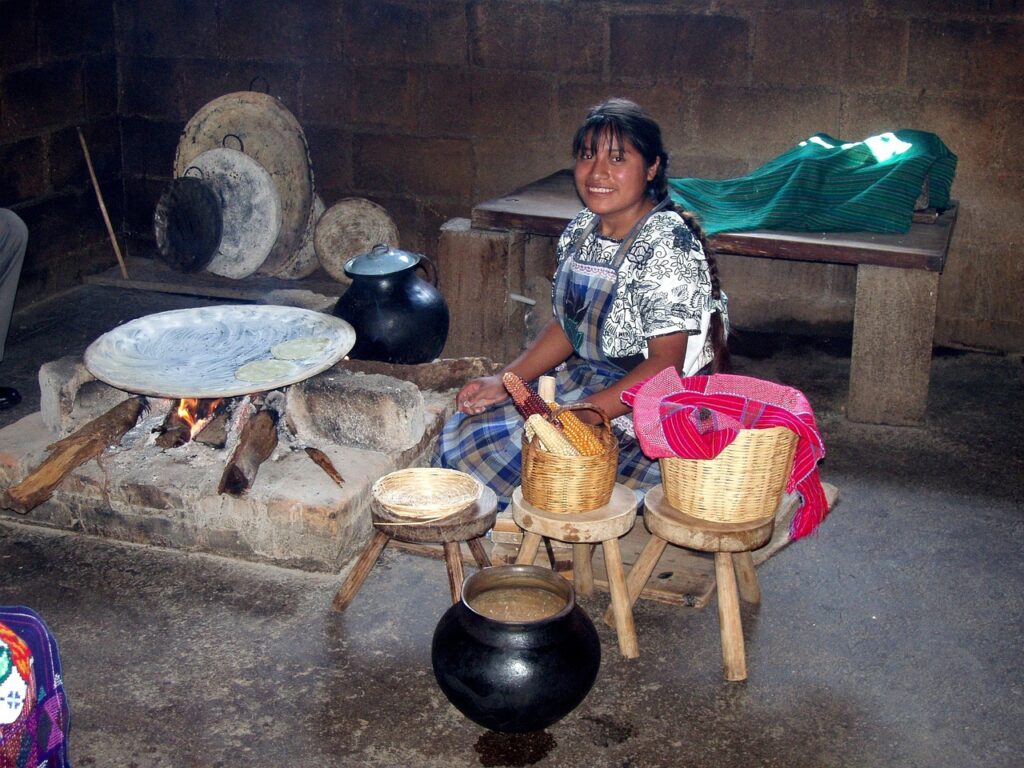
Guanajuato
Guanajuato lies on the “Bicentennial Route”, the path of Miguel Hidalgo y Costilla’s insurgent army at the beginning of the Mexican War of Independence. It was the site of the first battle of this war.
Guanajuato’s historic city center is characterized by narrow, winding streets and stairs up the mountainsides. A great (although slightly gory) place to visit is the Mummy Museum, displaying naturally mummified bodies that were interred during a cholera outbreak in 1833.
If you can, visit in fall for the Festival Internacional Cervantino; this is the most important artistic and cultural event in Latin America, attracting artists from all over the world. It features the Ballet Folklorico de Mexico, Chinese acrobats, opera, and eclectic music and literature.
Mexico has so many other amazing, fascinating cities it has been really hard to select just a few. Perhaps we’ll follow up with some more of our favorite Mexican cities…
Check out our blog on non-touristy Mexico destinations for more ideas, or get a good mouth-watering understanding of the country’s different regions, head to our Mexico regional foods guide.
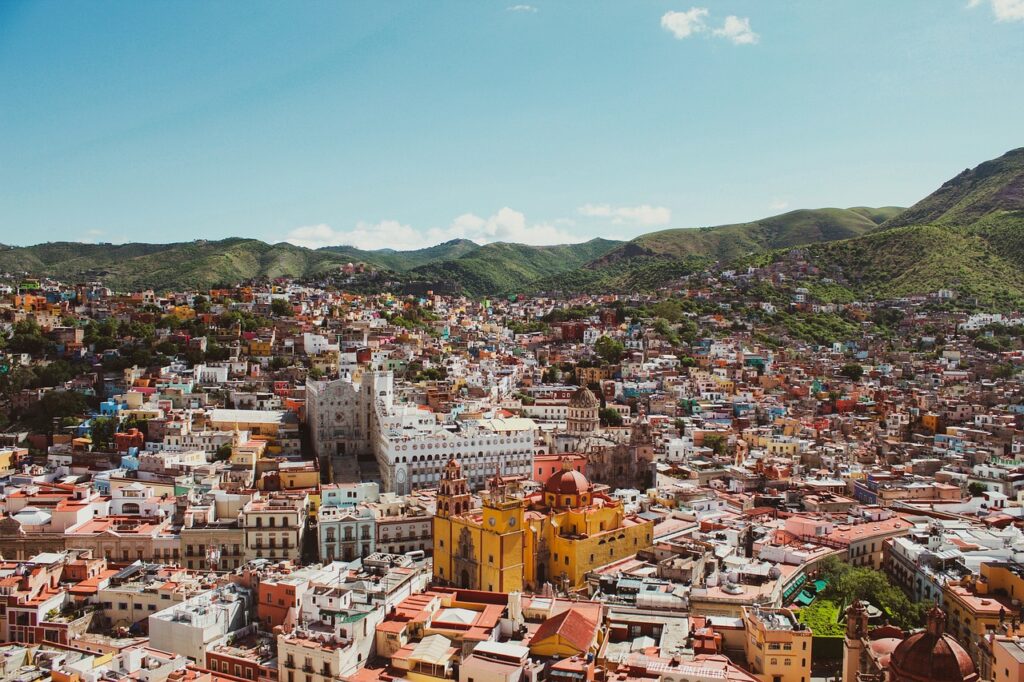
You might be able to tell by now that we love our home country, and really want to make sure visitors experience it with the joy and fascination we bring to our tours. If you’d like to know more about our Mexico City food tours, please get in touch.

